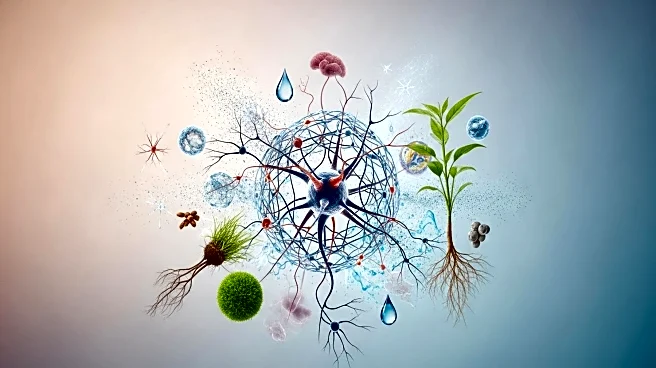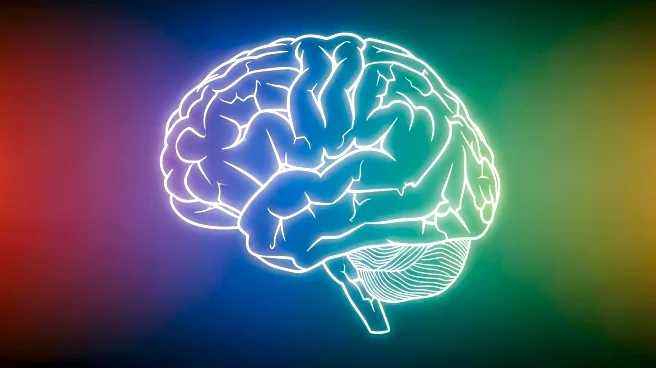What's Happening?
A study published in Nature examines how the exposome, encompassing all environmental exposures, influences neuroplasticity in the developing adolescent brain. The research highlights the importance of interdisciplinary approaches to understand how internal, external, and contextual factors affect brain development. Advanced magnetic resonance spectroscopy methods have shown shifts in excitatory/inhibitory balance in the prefrontal cortex, similar to findings in rodent studies. The study suggests that environmental inputs during adolescence can significantly impact cognitive and emotional development.
Why It's Important?
Understanding the exposome's role in adolescent brain development is crucial for identifying factors that contribute to mental health and cognitive outcomes. This research could inform public health strategies and educational policies aimed at optimizing adolescent development. By recognizing the impact of environmental exposures, stakeholders can develop interventions to support healthy brain development and mitigate risks associated with negative environmental factors.
What's Next?
Future research may focus on identifying specific environmental factors that influence neuroplasticity and developing targeted interventions to enhance adolescent brain health. Collaboration between neuroscientists, educators, and policymakers could lead to comprehensive strategies that address the exposome's impact on youth development. Longitudinal studies may provide further insights into how environmental exposures affect brain health over time.










